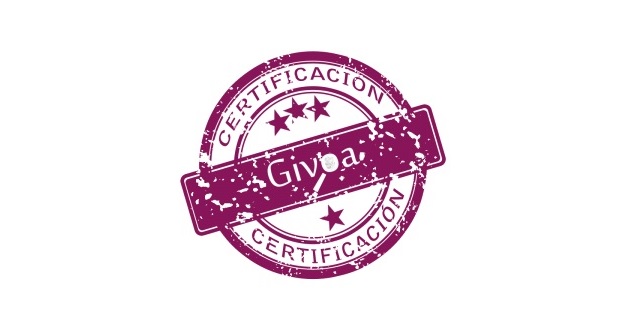Did you know that one 40% market parts can be false or poorly allocated? Who that puts the price in works of art and who takes care of the artistic heritage in Brazil? Learn to differentiate the work of an expert, a dealer and a restorer. Everything, the following article.
Sold for nearly 1,5 billion reais and attributed to Leonardo da Vinci, Salvator Mundi became the most expensive ever sold in history screen. The Christie the auctioned in November 2017. However, there are still many controversies and doubts whether it was actually one of 20 (activate, only 20!) screens that Da Vinci painted throughout his life.
News like this happen regularly in the so-called world of the arts. Not always with such high values but no less important. Said that, it is time to know a little better this world and take some questions to help you better understand this market.
Gustavo Perino, Argentine by birth and Brazilian by choice is expert and evaluator of works of art, specialized in painting and education and is the one who answers some of the questions on the arts in Brazil and the world.
Why the works of art have that price and who is in charge of assigning this economic value?
The artwork has intrinsic value and the market value. The first is the primary value, of materials, technique etc.. The second is the price determined by the market. In the new artists this price will be added as they are sought after by collectors and galleries, where your rewards and recognition remarkably critical influence on their value. In classical or artists secondary market value is established by the law of demand and demand. The price is by the artist and not the work, the fight between millionaires collectors makes works like Salvatore Mundi reaches astronomical figures, for example. The art expert uses statistical methods to determine the "fair" price of works of art based on the sales history and using mathematical averages.
What is a skill in art and what it does?
A skill is an interdisciplinary research that is coordinated by the art expert. The research aims to determine authorship, date or age of a piece of art. It is made through scientific technical studies with laboratory tests and a thorough study of art history, It is thus performed by the comparative method. The skill is to grant a definitive status on the authorship of the work and the results can be: authentic, Awarded, false, Copy, Reproduction, Plagiarism, Replica, etc. All these categories have a very large impact on the value of the market and also on its equity category.
What percentage of false works are considered to exist in the art market?
It is estimated that the 40% market parts can be false or poorly allocated. Statistics on the art market are scarce and have this problem due to the fact that 7 in each 10 parts being sold or purchased private, outside of any registration and study.
What is the difference between an expert and dealer?
The dealer is a commercial figure, responsible for dissemination and exploitation of the artist and his work. The expert is a researcher who has no commercial involvement with the artist or with parts that are sold. Professional art expert maintains the third position in the market. They are very different activities.
Sign up to receive Event News
and the Universe of Arts first!
What is the difference between an expert and restorer?
The restorative is the person who has sufficient expertise to handle the piece of art, consertá-la, protect it and restore it. The restorative has the task to verify the originality of the piece, It is a key player within the professional research but it is the expert who determines the evidence to consider and tests to do. The restorative attached with their knowledge and help the expert to find the evidence to complete the search successfully. Essentially are different professions.
In Brazil there are teams or people focused on the evaluation of works of art, whether in the public or private?
Yes, there are many professionals who specialize or work in the art of expertise. Usually it is a problem in the public sector as they lack many professionals that help teams of museums and institutions to determine authorship and date of these pieces in the collections.
We, at Givoa Consulting multidisciplinary work, but there are not many companies in professional research of art work that way.
It is important to clarify that isolated laboratory studies or suitable persons do not represent an art expertise. A piece can be old, made with the same materials of a famous artist but not his.
Currently Gustavo Perino has a great task ahead: organization and leadership of the International Congress of Art Expertise, ICAE (acronym in English). The event, organized by Givoa Consulting, will take place in Rio de Janeiro in 24 March 2018.

